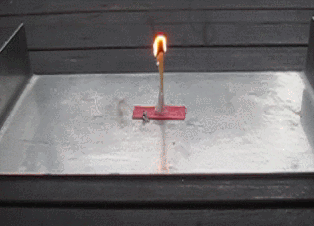
 I'm reading this forum for a few months and I think my question should have a place here.
I'm reading this forum for a few months and I think my question should have a place here.

 ...note
that the place shoudn't influence the result
...note
that the place shoudn't influence the result  ...the result is dus a mix of the
same picrate but with an increasing concentration of the exces base...pH gets higher and higher....
...the result is dus a mix of the
same picrate but with an increasing concentration of the exces base...pH gets higher and higher....| Quote: |




 Note that your mail did actually reply to the problem too...
Note that your mail did actually reply to the problem too... )
)
| Quote: |

 You probably wouldn't want
to eat the stuff, or breathe it in, either.
You probably wouldn't want
to eat the stuff, or breathe it in, either.



